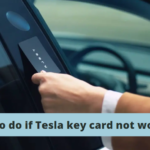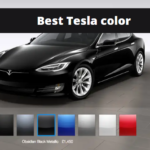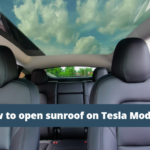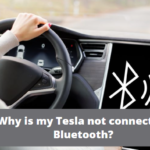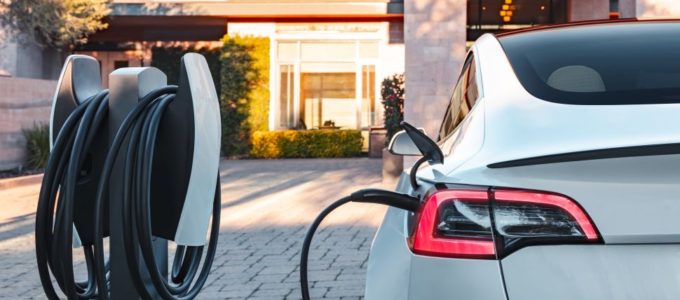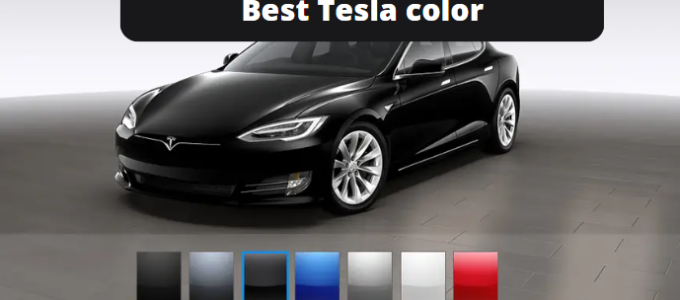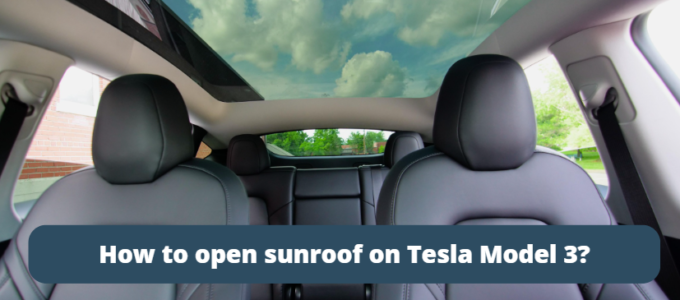Today, electric cars seem to have reached the peak of their popularity. Every day the question of whether it is possible to charge a Tesla in the rain is becoming more and more frequent.
And this is not surprising! After all, no one wants to get a high voltage from his car friend!
Due to the multiple layers of built-in safety protection for the charging components and the fact that the electrical current does not start flowing until the car and charger form a secure connection, Teslas can charge in the rain. The charger should not, however, be allowed to submerge entirely in water.
There are still some safety considerations that one should take for their own safety and the long-term health of their Tesla even if the short answer is that a Tesla can charge in the rain.
To determine if water has entered the charge port and jeopardized the charging connection, Tesla features an internal safety function. If water enters, the automobile will promptly cut off the power to prevent any harm to the vehicle.
Is it OK to charge your Tesla in the rain?
What transpires when the weather makes it more challenging to charge your Tesla, whether you’re at home or on the road?
It doesn’t seem like much, but rain can really make you question whether you need to charge your Tesla right now or wait for drier weather. I think this feeling is familiar to every owner of an electric car.
Tesla owners naturally think that rain would result in some kind of an electrical shock to the individual attempting to plug in their vehicle because water is a good conductor of electricity. But that may not always be the case.
If with these thoughts, the decision to charge the car won, then you did absolutely the right thing!
The parts that are utilized to connect your car to the charger are constructed of premium materials that are meant to withstand the elements. They can withstand being used in the weather and be done so safely and without any problems.
The electrical current in the cable will be lower until the vehicle and charger interact and start an agreed-upon current flow, even if the charger cord can be put into the vehicle and there will be a current flowing.
By doing this, you can be confident that neither you nor your car will be damaged by rain or water while you connect everything.
In addition, a detailed article about Tesla charging in the rain (if you need to understand the principles of the current connector for peace of mind) is here. We guarantee that after reading this article helpful Tesla owners remain no questions.
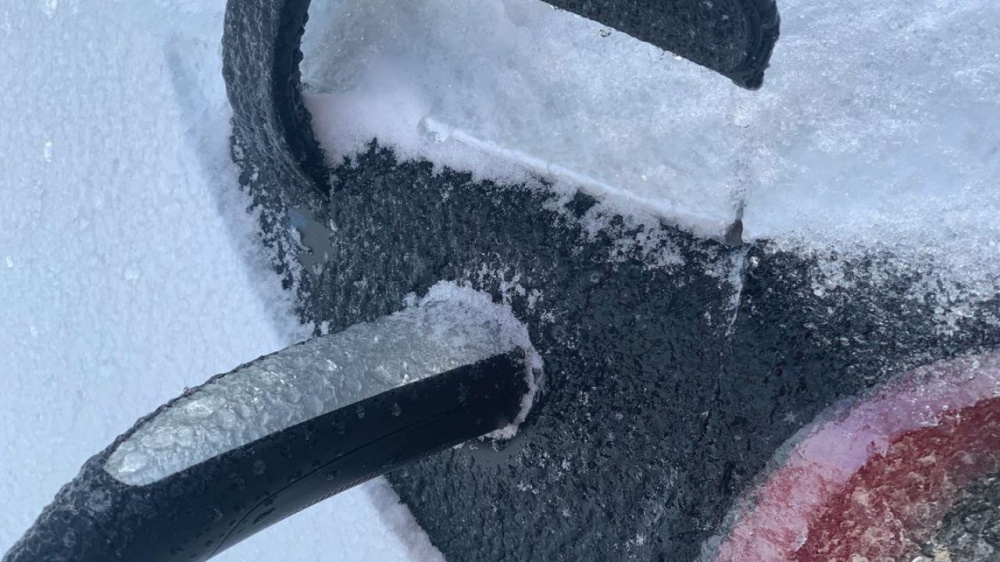
To put it another way, you can connect the charger to your Tesla model without any electrical current going through it. The electricity won’t start flowing at its greatest pace to charge the battery quickly until the charger is linked to the battery in your car.
You can charge your Tesla in the rain thanks to this configuration, but it doesn’t imply you shouldn’t take any safety precautions at all.
When charging your automobile at home, for example, there are a few things you should double-check to make sure you’re doing it securely.
Safety first!
The Tesla owner’s manual advises against ever spraying a high-velocity liquid at the vehicle while it is charging, even though it is unlikely that you would do this on purpose.
Typical examples of this include washing your electric vehicle with a pressure washer. As you know, there are many prohibitions and warnings regarding this method of washing electric cars. Simply be cautious when working on or near your automobile while it’s charging.
Although it would seem safer to charge your automobile at home as opposed to on the highway, that may not always be the case. You can be placing yourself and your car at more risk when charging at home and utilizing a conventional outlet.

The charging stations are made to withstand a wide range of weather. It’s possible that an outlet in your home doesn’t have the same excellent safety safeguards that will keep you completely secure in the event of severe weather.
However, you need to be careful with outdoor outlets when it rains, because they are not always protected in the right way. Rain can fall at an angle that could reach the outflow when the wind is present. If it’s outside or not entirely covered by an awning or roof ledge, there can be a problem.
You could be taking a risk by using an outdoor outlet (high voltage) at your home to plug in your vehicle instead of an outlet that is in your garage or connected inside using an extension cord because they are not made with the same level of safety and use that is meant for charging stations that are made to be outdoors in all weather.
Don’t rely on luck
Although chargers are made for outdoor use, you shouldn’t disregard this fact or disregard the fact that you should still behave as though it is raining.

The goal should still be to cover the wire when you plug it into your vehicle and make sure that you are not taking your time and letting water get into any of the compartments of your automobile.
Avoid tempting fate; it’s always preferable to be safe than sorry. Water can also lead to other problems, such as puddles where you risk dropping the cord.
Waterproofing the charging station is a fantastic idea, but it doesn’t guarantee that it will function even if submerged. Therefore, secure the connection to your car before messing around and creating a problem for yourself.
Additionally, keep in mind that other people also use these charging stations. You may accidentally fall prey to the misuse of another owner’s charger. So it’s better to play it safe.
Therefore, take care to guarantee that your vehicle is not damaged by other problems.
Accessories for charging in the rain.
Today, the market is full of various offers to protect the charging port of your electric vehicle from bad weather. All kinds of weather-resistant cases, silicone nozzles, etc. will help you to be calm if doubts still surround you. By the way, we have another article about an unusual accessory for your Tesla model. It can be read here.

Battery Charging station (charge a tesla in the rain)
Tesla drivers can locate regions with built-in chargers along their routes so they can make stops accordingly. This is a practical approach to being able to identify and connect to a charging station while on the road.
Owners may now be certain that they can still go on long trips without having to worry about their batteries dying.

You can plug your car in and let the battery charge for up to 30 minutes at these charging stations. You can even download the Tesla app to have your phone alert you when your car has finished charging.
There are other approaches as well, though. Other solutions are also available, such as the wall connector that your car may be plugged into at home so you can charge it each night as necessary.
Attention! If you discover that the battery life of your Tesla model is lower than it used to be, you might worry if charging in the rain has damaged it. Your Tesla’s battery life won’t be shortened if you charge it in the rain.
After 1-2 years of owning an electric car, battery degradation—a phenomenon with a shorter lifespan—usually becomes apparent. After 1-2 years of use, it is common and expected that all-electric cars would lose between 5 and 10 percent of their complete range. In addition to charging to 100 percent charge each day instead of the advised 80 to 90 percent daily charge limit, frequent supercharging would hasten the deterioration process.
However, if your Tesla charging is exhibiting a significantly reduced overall range compared to normal, you may need to recalibrate the battery.
Can a Tesla be charged in the snow?
You might be wondering if you can charge your Tesla in the snow if you reside in a chilly area that experiences snow.
In summary, yes, you may charge a Tesla in the snow, but you should use the same caution as you would while charging it in the rain. This consists of a waterproof charging port cover and a waterproof connector box for the charger wire.
Electric vehicle operation
Although an electric car looks and feels like a standard car in terms of size and design, it has a separate engine. Electric automobiles, in contrast to conventional vehicles with internal combustion engines, feature a sizable traction battery that drives their electric motor.
Tesla vehicle require charging to retain their power since they use different kinds of batteries than internal combustion engines. Some can be connected to a standard wall connector, while others require electric charging stations.
Before you start operating your new vehicle, you need to read the instructions for use in detail. As an owner, you must know everything about your Tesla model! That is when you will not have any doubts in new situations.
Advantages of Electric Vehicles
The automobile industry has adopted an innovative strategy to reduce emissions from driving cars and produce vehicles that have a reduced impact on the environment as a result of the effects of global climate changes forcing many businesses and individuals to adjust their living choices.
Since electric vehicles don’t use petrol, they contribute to cleaner air overall.
These automobiles can feel lighter to drive since they accelerate more quickly than conventional cars do. They also have a battery that is designed to last close to 100,000 miles and is normally covered by a warranty for a long time.
As practice shows, having experienced driving an electric car once, tesla owners will never be able to refuse all the advantages provided by eco vehicles.
It’s love at first sight for many car enthusiasts.
Final thoughts: so, can I use Tesla mobile charger in rain?
If you came to this article, most likely you doubted the answer to your question. I hope now your doubts are completely dispelled and you are full of confidence in your Tesla vehicle like never before!
